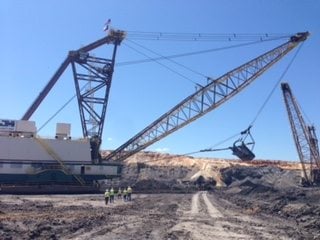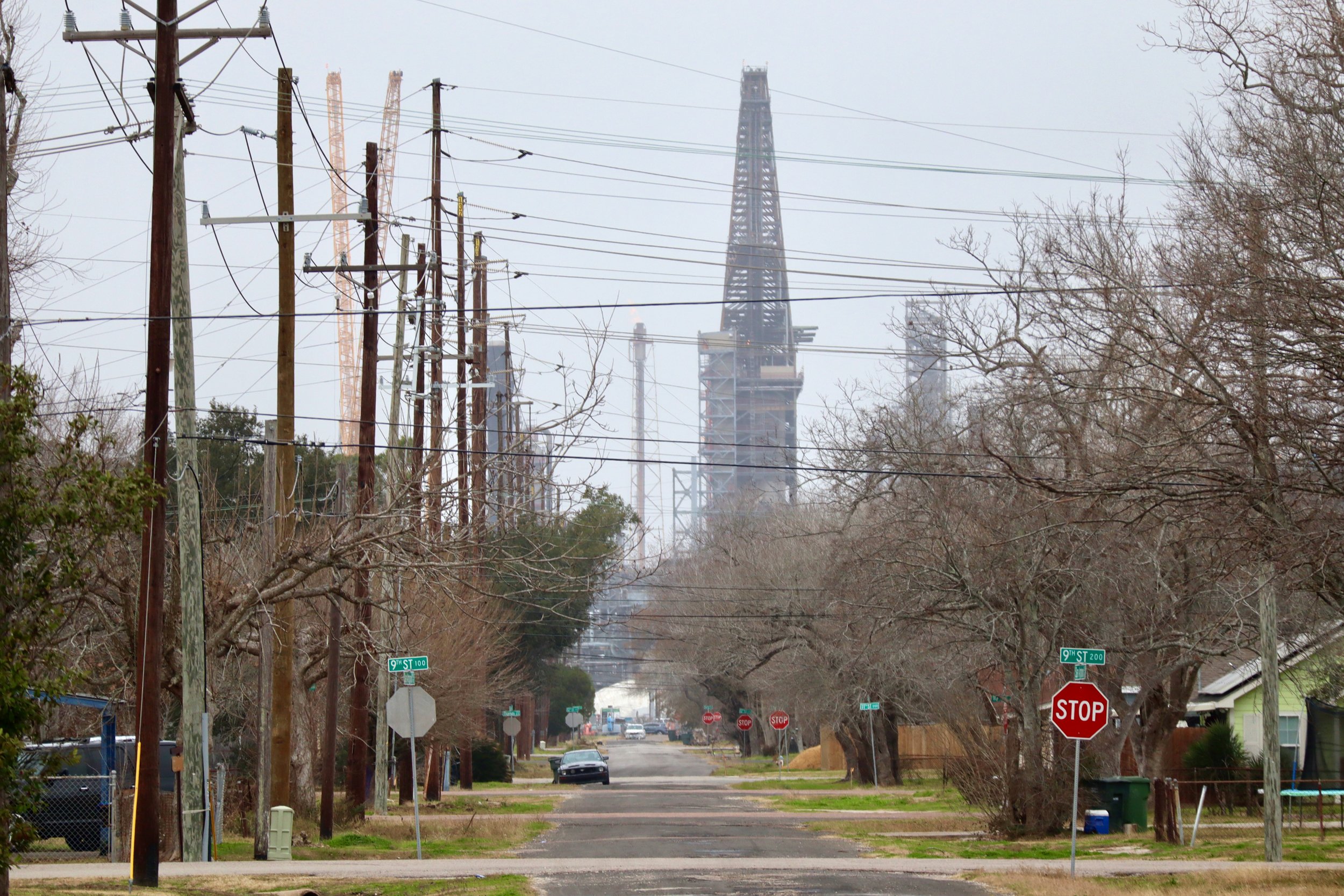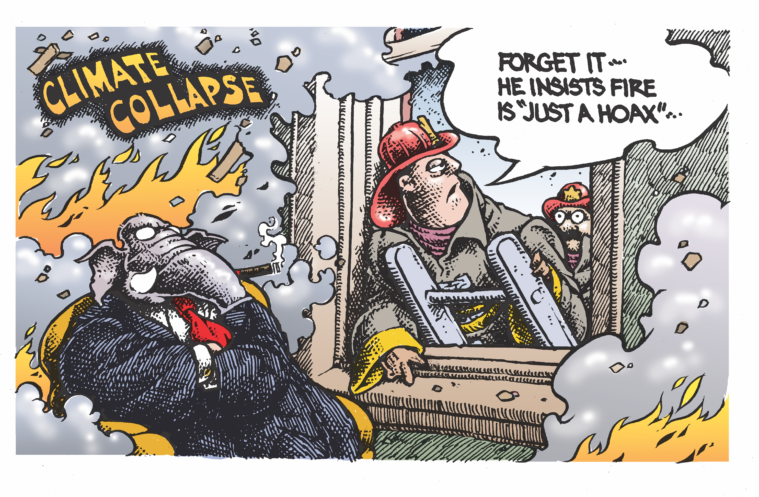
Facing Tougher Pollution Regulations, Texas Coal Plants Want Old EPA Rule Back
In 2011, Texas sued to block an EPA rule. Now nine Texas coal plants are facing more stringent regulations as a result.


Texas’ latest attempt to dodge federal pollution regulations appears to have backfired, as the Environmental Protection Agency is now pushing more stringent regulations on the state’s coal plants. Unsurprisingly, utility companies aren’t happy.
For years Texas and the EPA have been locked in a battle over cutting emissions of smog-forming pollutants from power plants and improving visibility in Big Bend National Park and state parks. The saga began in 2009 when Texas submitted a plan to cut emissions by the year 2155 — about 90 years later than the EPA’s deadline.
The EPA rejected the plan and proposed its own plan for the state, which Texas then litigated. The proposal was eventually shot down by the U.S. Fifth Circuit Court of Appeals. Around the same time, the EPA had issued another rule — called the Cross-State Air Pollution Rule (CSAPR) — to regulate some of the same pollutants that cause smog in the state’s wilderness areas. Again, Texas and other states sued and the United States Court of Appeals for the D.C. Circuit determined the emissions limits on Texas coal plants were too restrictive. The court suggested the agency go back to the drawing board and come up with new sulfur dioxide caps.
Now, in a case of unintended consequences, the state’s power plants may face tougher emission limits.
In December, the EPA, responding to what it called “the uncertainty” caused by the Fifth Circuit’s decision, proposed a stricter rule requiring Texas power plants to reduce sulfur dioxide emissions by 194,000 tons a year. The new rules apply to nine coal plants and five natural gas plants, many located in Central and East Texas, and are estimated to potentially reduce sulfur dioxide emissions by about half statewide.
“What makes this intriguing is that Texas wanted to get out of this rule, but in a surprising way getting out of CSAPR may be what it takes to get a more stringent sulfur dioxide rule,” said Daniel Cohan, an environmental engineering professor at Rice University.
At a public hearing Tuesday afternoon, representatives of the state’s utility industry seemed united in a request to abandon the new rules and bring back CSAPR. They criticized the agency for imposing a rule that is “excessive,” “expensive” and will result in “limited benefits to visibility” in state parks.
Elizabeth Gunter, an attorney for American Electric Power, which owns the Welsh coal plant in Titus County, told the Observer the company had been “planning all along to implement under the CSAPR program” and that the new, stricter rule had thrown a wrench in their plans.
“It would have been a much more flexible program,” she said. “We could have had limited emissions in different units, however we needed to comply.”
But the new rules require coal plants to either purchase new scrubbers or upgrade existing ones, a change that will be expensive, Gunter said.
At the hearing, Susana Hildebrand, an attorney for Luminant, the largest utility company in Texas, told the EPA that the new proposal “has effectively removed a cost-effective compliance mechanism” and replaced it with a program that will result in “costly reductions” and “far exceed[s] regulatory obligations.”
Mike Nasi, general counsel for Balanced Energy for Texas, used stronger language, calling the EPA’s latest rule “textbook coercion.”
“Instead of developing a reasonable middle-ground proposal under CSAPR … EPA chose instead to try to force Texas’ hand,” he said at the hearing.
Still, the move is being lauded by environmental groups, who see the rule as necessary to clean up air pollution in the state.
“The Texas Commission on Environmental Quality had their shot and they didn’t do anything,” said Chrissy Mann, a Sierra Club Beyond Coal Campaign representative, referencing the state agency responsible for planning to improve visibility in the state’s parks. “Because they didn’t do that EPA has had to step in.”
Brian McGovern, a spokesperson for TCEQ, said the agency was still reviewing the new rules and preparing comments to submit to the EPA.
Mann said the rule is particularly important because it is proposing to clean up some of the oldest and dirtiest coal plants in the state, many of which have managed to escape installing pollution controls under other environmental rules.
“They’re little slippery suckers,” she said.
Mann said it is unclear what might happen to the rule under President Trump. The rule is expected to be finalized during the fall, but, under the new administration, the EPA could decide to withdraw it. If that happens, Mann said the Sierra Club would likely sue the agency to fulfill its obligations under the Clean Air Act.
“We’re going to be defending this rule from proposal to implementation,” she said.


